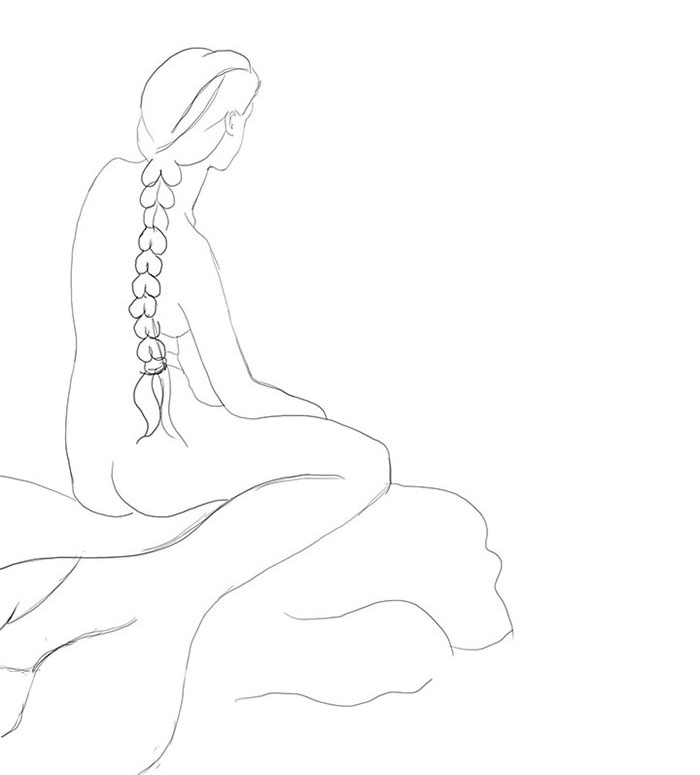
Last month I was busy working on a couple of watercolors for the #mermay2021 event on Instagram. But I’m a slow painter. Even my sketches sometimes take me a few days to complete. And so, I never finished my second painting until now, near the end of June.
What is MerMay, you ask? It’s described as “a month long celebration of creativity”, on the official Mermay site, and was started by Disney animator, Tom Bancroft. He is best known for his creation of the dragon, Mushu, in Mulan.
The site had 30 prompts for daily drawing ideas, and a contest in partnership with Wacom drawing tablets. If you saw a lot of artists posting mermaids on Instagram, and didn’t know what’s going on, don’t feel bad. I didn’t either.
I’m rather sorry I didn’t know about the contest. Maybe next year I’ll think about finding the proper hashtag and entering.
I just knew that I love mermaids, and it was an excuse for painting some. However, as I was getting ready to post photos of my 2nd mermaid painting on Instagram, I discovered that June has been designated Orca Action Month for more than 10 years now. That’s a good thing, because Mermay was over. It went by fast!
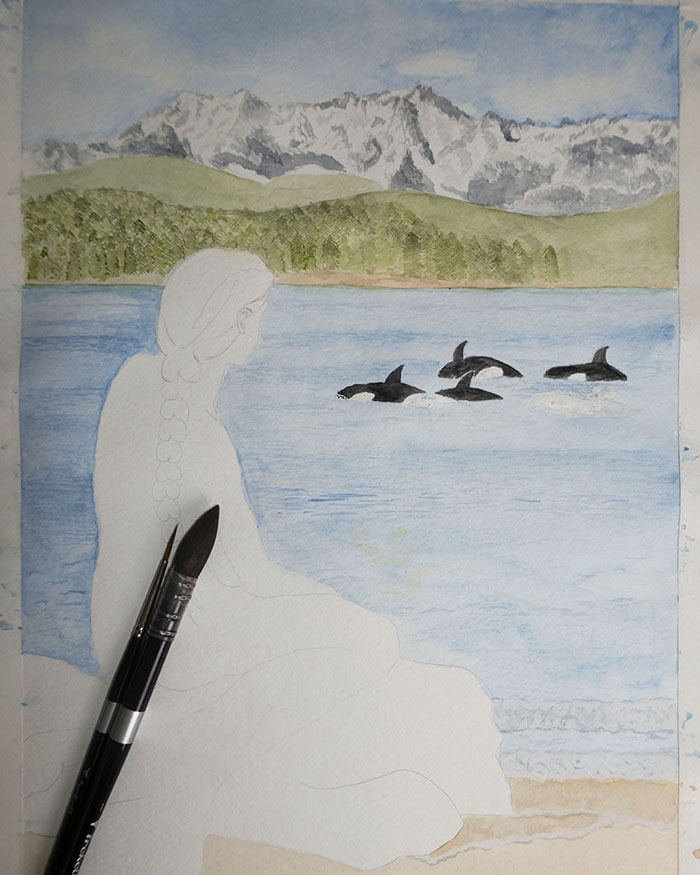
Do you Remember What You Cared about When you Were Younger?
It seems as we get older, we get caught up in our own lives, our families, or our careers. We stop paying attention to causes we cared about when we were younger, or in college.
Last week was my son’s final week of online classes. I decided to listen in on his English class, and overheard his teacher asking the teenagers what they planned to do over the summer. Someone was interested in volunteering at the local animal shelter, so the discussion turned to what volunteering the students might be able to do while our state not fully opened.
We are most likely planning to home school again next year, so as I was listening, I was thinking about what kind of volunteer work my son and I could do together as things open up again. For example, there’s a local cat shelter, a food bank that maintains a large garden, and the local library, who are always looking for volunteers.
But there are also many things we can do from our homes, whether it is writing letters about a cause we care about, or changing some aspect of our lives to be more inline with our beliefs.
One thing I really cared about in college was dolphins. So it was by chance my mermaid painting was as much about orca whales as about mermaids. This is what inspired my watercolor. And the thing I dream of doing is sharing my love of nature and the environment through my paintings.
A Rare White Orca Visits Puget Sound
When I was looking for an idea for my second whale painting, I learned about a white orca whale that has been spotted this spring swimming with one of the pods.
This killer whale isn’t an albino, nor is it truly white. His name is Tl’uk, which means roughly, “pale moon”, in Salish. He is actually a palish grey. I haven’t seen an explanation for his coloring.
But he’s unique, and beautiful. In April, he was first seen swimming with his transcient pod in Puget Sound by a local resident who sent up a drone to get a better look at the group swimming by. It caused a lot of excitement around here.
This same pod also had an up close encounter with a group of people standing on a dock just a bit north of where I live. The sighting of this rare white orca brought a bright spot in the dark days of isolation to my island.
Here is an interesting thing I learned about the transient pod, so named because doesn’t have a designated territory like the other groups which are called the Southern and Northern Resident Killer Whales. The transient pod feeds on marine mammals such as seals and sea lions, not salmon. This pod spends a lot of time in Alaska, and off the coast of Canada. This is Tl’uk’s first appearance farther south in Puget Sound. He was born in 2018.
Are Dolphins as Intelligent as We Are?
Killer Whales and Orcas are just two names for the same species. And they are actually the largest species of the dolphin family, of which there are 42 separate members.
Scientists are still looking for the best way to measure intelligence. One way scientists measured a species intelligence in the past was by the size of their brain in comparison to the average size of their body.
Now days, some scientists are beginning to question this method due to high bird intelligence. Another way intelligence is measured is studying how much folding the brain does.
Neuroscientist John Lilly believed dolphins had a high level of intelligence, and did a lot of experiments trying to teach them language back in the 1960’s. Some of the experiments he conducted look quite unethical, and some of the orcas didn’t survive his study of them.
For a time, park of his work was funded by NASA. Their scientiests were interested in the idea of communication with possible extraterrestrial life we might one day encounter in the universe.
I was really fascinated by John Lilly in college, but didn’t really understand what he was up to, or about his experiments with LSD and dolphins. He discovered dolphins are not affected by LSD in any way he could determine, just as we humans don’t roll around on the floor when we smell catnip.
If this is true, that drugs affect different species differently, I can’t understand why pharmaceutical companies continue to test new drugs meant for humans on animals. If dolphins and whales are as intelligent as we are, or even if they’re not, some humans certainly have a lot to answer for in the way they have treated them, and how modern society continues to pollute their home with garbage islands of plastic floating off the coasts of China and India, large oil spills, and nuclear radiation spilling into the ocean.
Here in Puget Sound, the orcas are having a difficult time. Contributors to this are chemicals, fertilizers, and even prescription medications found in the sea water; over fishing of salmon, and dams blocking salmon returning to their spawning grounds; and also the shipping lanes.
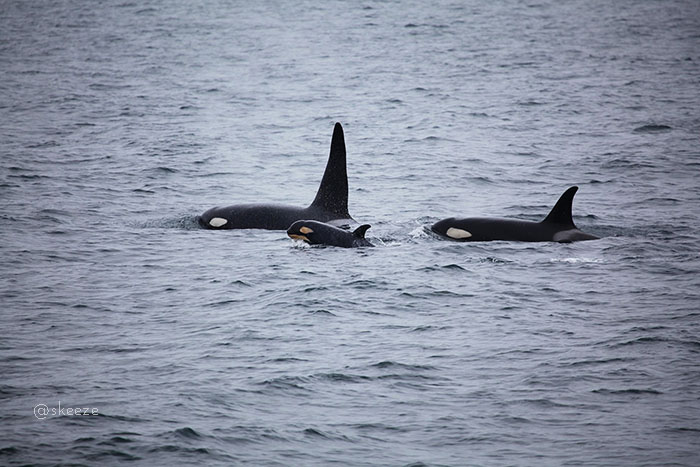
Positive Changes in How We Relate to the Planet
However, other humans are making important changes in the way fish are caught to ensure dolphins, and other sea life, aren’t caught in their nets. The dolphin safe logo is common now on most major brands of tuna. Also, tuna more commonly are line-caught on a large scale commercially.
If you are a vegetarian, you might not think this is good enough. But only in the 1950’s, dolphins were considered vermin and competitors to many fisherman. They were killed indiscriminately.
Whaling has greatly decreased with only a handful of countries still participating. And many people are working to improve the whales habitat. In Washington State, two old dams on the Elway river in the Olympic Mountains were removed in the 1990’s to allow salmon to return to their spawning grounds. Habitat restoration has been ongoing.
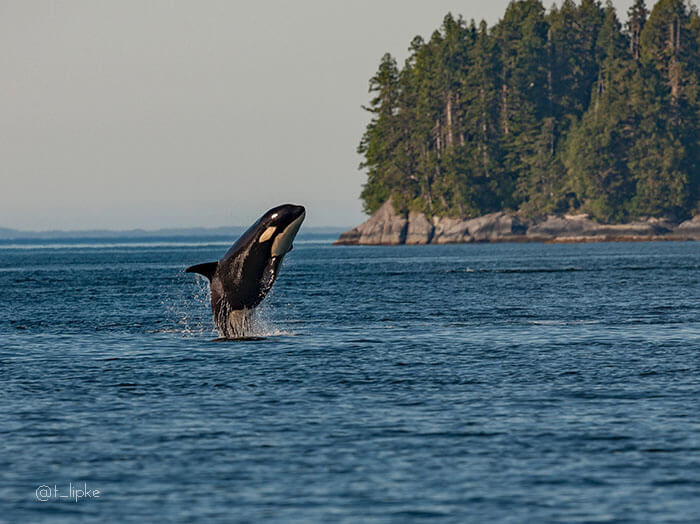
5 Things You Can Do to Help the Orcas and the Oceans
- Drive less. Take public transportation if it is available. The runoff from our cars often finds it’s way into larger bodies of water through both underground and above ground streams. Also, these streams are the drinking source for many animals.
- Get involved in habitat restoration or beach cleanups. A lot of these are shut down right not, but you can always carry a bag and pick up trash when you are walking along the beach.
- Don’t dump medicines into the sink, toilet, or garbage. Like the oil from our cars, these medicines find their way into larger bodies of water. In 2018, they found traces of the opioid, oxicodone in bay mussels in Puget Sound.
- Support salmon-safe businesses. These include farms, vineyards, and also businesses active in restoring the urban watershed.
- Plant a rain garden. They reduce water pollution, prevent flooding, will increase your home value, and make beautiful, low-maintenance areas of your garden.
Someone Should Do Something, Maybe that Someone is You
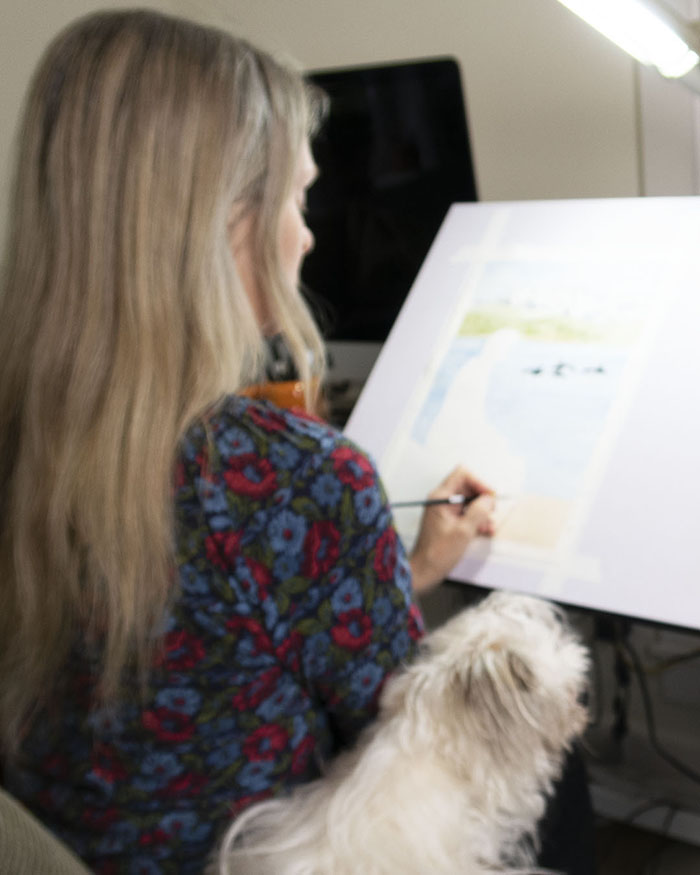
I used to donate to big environmental organizations. It made me feel good, and I got free calendars for life.
But then I looked closer into where all that money they collected was going. I also looked into who ran them. And I decided to donate to smaller charities, closer to home.
We can all make small changes in our choices, and together those small changes add up to a lot. One of the biggest choices we can make is where we spend our money.
For example, my favorite salad dressing stopped using glass bottles, and switched to plastic. I switched to their competitor, but also wrote them telling them why.
Not everyone can, or wants to be an activist. And a lot of the activists out there don’t speak for me. On many issues I’ve been part of the silent majority, but it’s time for the rest of us to speak up, and not let the few speak for us all.
We might have differing opinions on different issues, but we all deserve to be heard. I’m an introvert who likes a quiet life, so sometimes I like to let my paintings speak for me.
